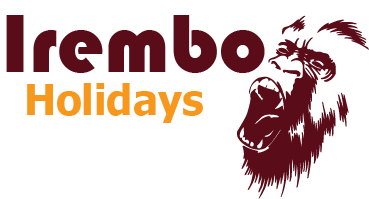The World Heritage Committee inscribed Lake Turkana National Parks on the UNESCO World Heritage List in 1997, which consists of three national parks, located around Lake Turkana, also known as the Jade Sea because of the remarkable, almost incandescent color of its waters, which strikingly appear blue-green.
Lake Turkana is a massive inland sea and the largest desert lake in the world. This single body of water is over 250 kilometers long- longer than the entire Kenyan coast. The treasure that lies in Lake Turkana is the massive crocodile population, which grow to a record size, with some of the largest specimens found on remote windswept Central Island.
South Island National Park
Famed as the “isle of mystery” and covered end to end in volcanic ash, and the island’s nightly glow, the destination is a haven for birdlife including the African skimmer and Goliath heron. African open billed stock, ducks and gulls feed on the shores of this volcanic island. The destination is the world’s largest crocodile nursery and home to the world’s most venomous reptiles.
Sibiloi National Park
Dubbed as the cradle of mankind, as it is home to important archaeological site- Koobi Fora (insert link). This area is a semi desert, surrounded with volcanic formations including Mount Sibiloi, and a breeding ground for the Nile crocodile and hippopotamus.
Wildlife is in abundance including zebras, grant gazelles, lions, leopards, stripped hyenas, oryx, greater kudu and cheetahs.
Central Island National
Dubbed as the gem of Lake of Turkana, this area is composed of more than a dozen craters and cones. The island possesses three active volcanoes that belch sulphurous smoke and steam. The world’s largest concentration of Nile crocodile that reside here are of a monstrous size.
Lake Turkana is Kenya’s most remote destination, but one that repays the intrepid traveler with rich rewards.


